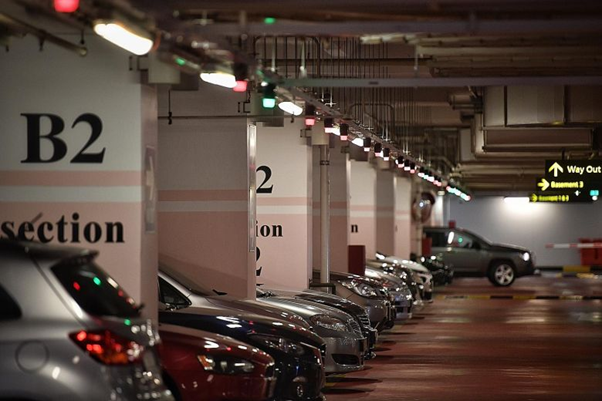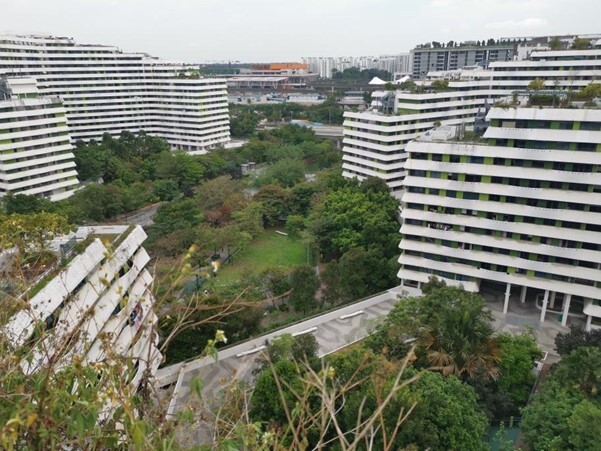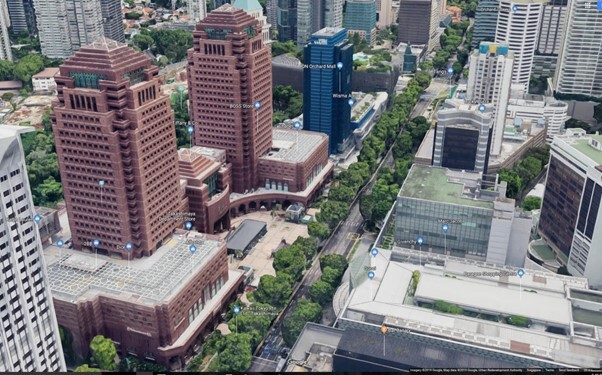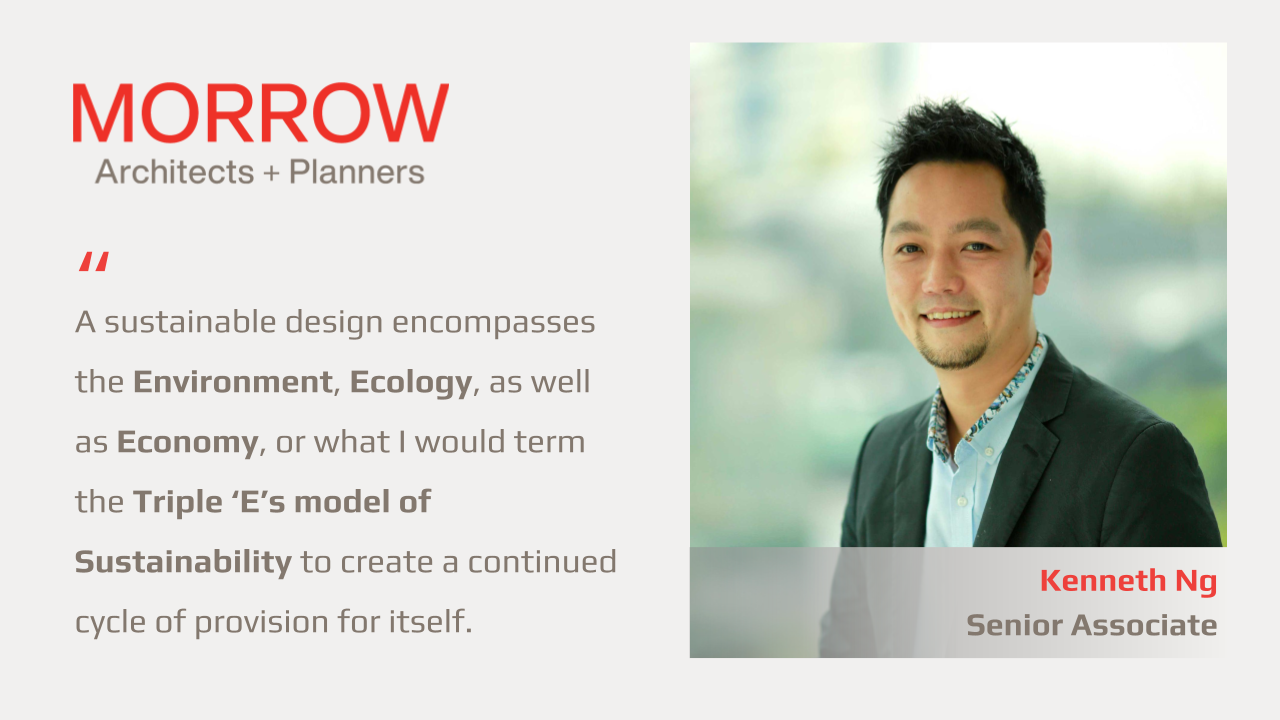In the eyes of many, a sustainable design is one that can “keep itself going”. In my humble opinion however, a sustainable design encompasses more than just being that — it encapsulates the Environment, Ecology, as well as Economy, or what I would term the Triple ‘E’s model of Sustainability.
Sustainability of the Environment
Largely driven by coal usage in the energy sector, the global carbon emission is estimated to rise by 5% to a staggering 33 billion tonnes by the end of this year. Burning of fossil fuels contributed to 87% of all human-driven carbon dioxide emissions, and humans are responsible for the 1.1 degree increase in temperatures over the last 170 years. The rising threat of global warming and climate change has propelled many urban planners to embrace the idea of environmental sustainability, with particular emphasis on reducing carbon footprints in their projects.
Through sustainable planning, such as car lite development and the adoption of green proprietary products, carbon emissions can be effectively lowered. For instance, the public housing of Singapore, also known as the HDB flats, have adapted to using LED lights with motion sensors for those installed along the common corridors. LED bulbs consume 80% less energy than traditional incandescent bulbs, but can last up to 25 times longer. In addition, solar tubes are also utilised to reflect sunlight into car parks with open areas, further reducing energy consumption. These are just some ways that green proprietary products can be weaved into our everyday lives.
In recent years, water management has become one of the focal points in environmental sustainability discussions. For instance, the practice of filtering rainwater from roof terraces before discharging them into ground-level facilities, such as drainage systems, canals, or reservoirs. In Singapore, where there is both land and water scarcity, we have developed our own self-sufficiency through these systems, making use of rainwater collected in our 19 fresh water reservoirs. The collected rainwater undergoes treatment, and is then potable.
Nonetheless, the aforementioned strategies come with hefty price tags. For example, LED bulbs can cost eight times more than traditional incandescent bulbs. Also, research has shown that consultants find buildings that are more energy-efficient and environmentally-friendly to incur extra costs of 5-15%. However, the battle between cost-efficiency and energy-efficiency might not necessarily lead to a zero-sum game, should all stakeholders play an active role in balancing the trade-offs.

Car park occupancy sensors in Singapore (Image credit: Asia One)

Project name: Punggol Waterway Terrace I & II.
Sustainability of the Ecology
To determine the ecological sustainability of a design, biodiversity provides a good measure. In a world where progression is crowned as prestige, rapid urban development and rich biodiversity appear to be mutually exclusive. Many cities have failed to strike a balance between these two factors. Nevertheless, one of the few cities in the world that has successfully incorporated both elements into its urban planning, is Singapore.
The renowned Orchard Road, located at the heart of the lion city, is one of the most bustling and vibrant streets in this island state. Not only does it house concrete giants such as shopping malls, residential buildings, and work offices, it strikes a balance with nature owing to the lush amount of greenery in its vicinity. The trees are home to thousands of birds that have built their nests on the Angsana trees planted along this lively street. When dawn breaks, the birds leave their warm and cosy home, paving the way for people to begin their daily activities. As the sun begins sinking lower in the horizon in the evening after 5pm, these birds start flying back and taking over the precinct, just as people make their way home for dinner at the end of yet another day. Even though many are irritated at the sight of these birds, especially in city centers because their droppings taint the lavish streets that people love, I believe this can be viewed from a different angle. It is this harmonic coexistence of humans and nature that makes the bustling city uniquely liveable, even when it possesses a high population density. At the end of the day, the diversity of species and ecosystems is a key indicator of the health and resilience of urban landscapes and their contribution to quality of life and general well-being.
Long-term and integrated land-use planning has been proven to play a major role in protecting the ecology . At the macro level, Singapore’s development is guided by the Concept Plan, a strategic, long-term land-use plan that maps the land-use vision for Singapore over the next 40 to 50 years, and is reviewed every decade. Through the process of developmental control and building plan approval, the developer of a project has to satisfy environmental pollution control requirements set by the planners and environment agencies to limit any impact on the ecological environment. As a result, this ensures the compatibility of the project with the usage of the surrounding land in Singapore. These policy guidelines laid out for land-use planning and critical environment infrastructure are integral success factors for the ecological success of this small, bustling city..

Development Name: Orchard Road 2.6km length.
Sustainability of the Economy
When sustainability is incorporated into buildings, numerous related costs ranging from maintenance to restructuring expenses will be reduced in the long run, which makes sustainable designs economical. The economical aspect of sustainability is more commonly quantified in terms of revenue and gross domestic product (GDP) contribution, and should be considered in the early stages of a project’s design.
To keep costs low while maintaining a sustainable building design, any optional costs should be reconsidered for the long term cost savings from environmental enhancements, or better use of energy. These considerations should include the basic principles of reducing, reusing and recycling, such as engineering optimisations to reduce manpower requirements and construction rubble, thereby reducing the costs to be incurred from waste disposal. The level of “greenness” also serves as a fair measurement, where a higher amount of investment into a green project often translates into a greener outcome. Overall, the costs in a sustainable design project should bring about further cost savings, adding to the overall “greenness” of a project as well as its sustainability. In time to come, however, going green may not cost a bomb, as the mass quantum and competitiveness might reduce the costs of uptaking green proprietary products.
Besides direct economic benefits, there are also indirect advantages to society on a larger scale, when the building occupants benefit from increased health and comfort, which could then translate into better productivity. With the reduced need to restructure sustainable buildings, the likelihood of environmental pollution and waste generation is also minimised, therefore lowering the associated costs.
To ensure this sustainability of the economy, the design project, or even the country on a more macro scale, has to establish a sensible and efficient usage of its resources while generating profits consistently. This way, the responsible usage of resources allows the design to enjoy a longer term sustainability, while the profits allow the project to continue its smooth operations.
Feasibility of Implementing the Triple ‘E’s Model

The triple ‘E’s model of sustainability
Ideally, a project should encompass all three pillars of the Triple ‘E’s model. Yet, the bigger question is, is it even possible for a project to fulfil all three elements? For environment, ecology, and economy sustainability to co-exist in a single project, a few factors have to first be taken into consideration.:
- Does the site possess the scale required to host biodiversity?
- Are there sufficient budgets in place for green initiatives and technologies, such that the project can secure profits within its lifespan?
- Is the project worth implementing if it can only break-even or reap returns that stands at 80-90% of the land tenure at best, before factoring in unforeseen situations such as a pandemic?
In essence, for projects of any type to successfully embrace the Triple ‘E’s model, be it landscape or building projects, contributing factors such as government policies and incentives are equally crucial. Furthermore, it will be beneficial to distribute the weightage of each ‘E’ within a project depending on its designated timeline. In doing so, we create a cycle of sustainability in the design of a project, and the continued cycle of provision for itself, and the Triple ‘E’s.


